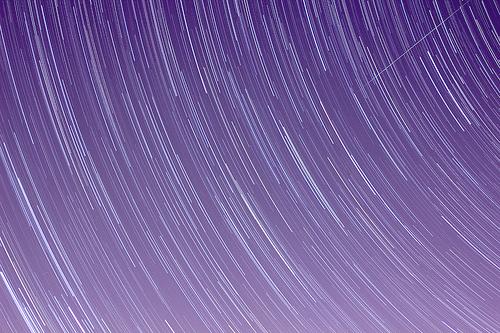Quadrantid meteor shower lights up night sky
A Quadrantid meteor appears in these 261 stacked photos taken between 3 a.m. and 4 a.m.
For those intrepid enough to rise early and brave cooler temperatures, the Quadrantid Meteor Shower produced some impressive results.
Earth passed through the shower early Wednesday morning, creating a light show that may not be topped this year, observers reported to ABC News. The best views came in the northern hemisphere between 3 a.m. and dawn Eastern Time.
On a clear night under ideal conditions, stargazers can see about 100 streaks of light per hour in the sky, with a range of between 60 and 200. That’s debris burning up 50 miles above Earth’s atmosphere at speeds of 90,000 mph. Conditions were good this year for the meteors, but not great for onlookers. Any clear, cloudless areas in North America and Europe were thanks to cold temperatures, meaning many couldn’t brave the outdoors for very long.
Twitter user Angel Martinez said, “It was like nothing I’ve ever seen.” Claudia De Morais tweeted that she “only saw a few, but it was so pretty.”
The Quadrantids are named after an extinct constellation, Quadrans Muralis (mural quadrant); however, because of a crowded star chart, it was abandoned.
As exciting as the Quadrantid meteor shower may have been, it’s over for another year. You’ll have to wait until next January for Earth to pass through a confined debris trail of an asteroid named 2003 EH1. The Quadrantids are known for being brilliant and brief. According to Space.com, the next significant event of the sky-watching season comes April 22 when Lyrid enters the atmosphere.
The Weather Channel also gathered some unique shots from photographers from Florida to Southern California.
